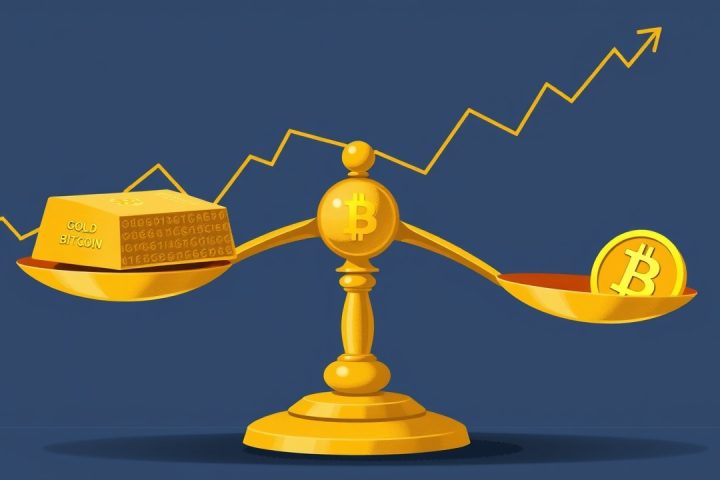U.S. Stock Market Overview
U.S. stock markets experienced a positive uptick on Monday, buoyed by growing speculation among investors that the Federal Reserve is poised to reduce interest rates later this month. As the week unfolds, traders are energetically positioning themselves ahead of the release of crucial inflation data that will shed light on the health of the American economy.
Market Performance
At the market’s opening, the S&P 500 saw a modest increase of 0.2%, while the Nasdaq Composite led with a 0.6% rise early in the session. Conversely, the Dow Jones Industrial Average opened lower, dropping approximately 40 points; however, the broader market trends suggest that it may rebound in light of overall positive movements across various sectors.
After concluding the previous week down by 220 points, the Dow is positioned for potential gains if the bullish momentum continues. Major technology companies, including Nvidia, Meta, Microsoft, and Tesla, significantly contributed to the positive market sentiment.
Cryptocurrency and Commodities
In the cryptocurrency sector, Bitcoin managed to regain ground near the $112,000 mark, reflecting a slight upward trend. Additionally, gold prices are holding steady at their record highs, while crude oil rates have increased following a cautious decision by OPEC+ to boost production.
Upcoming Inflation Metrics
For investors, the spotlight this week will be on two significant inflation metrics: the Producer Price Index (PPI) and the Consumer Price Index (CPI). The PPI report is scheduled for release on Wednesday, followed by the CPI on Thursday, September 11, 2025. The market is highly attuned to these reports, especially after last week’s disappointing jobs data, and analysts believe they will provide vital insights regarding the Federal Reserve’s monetary policy direction.
Market Expectations
For several months, investors have largely anticipated a rate cut of 25 basis points during the Fed’s upcoming meeting. Yet, the lackluster jobs figures have shifted market expectations, leading to an increasing likelihood of a 50 basis points cut instead.




